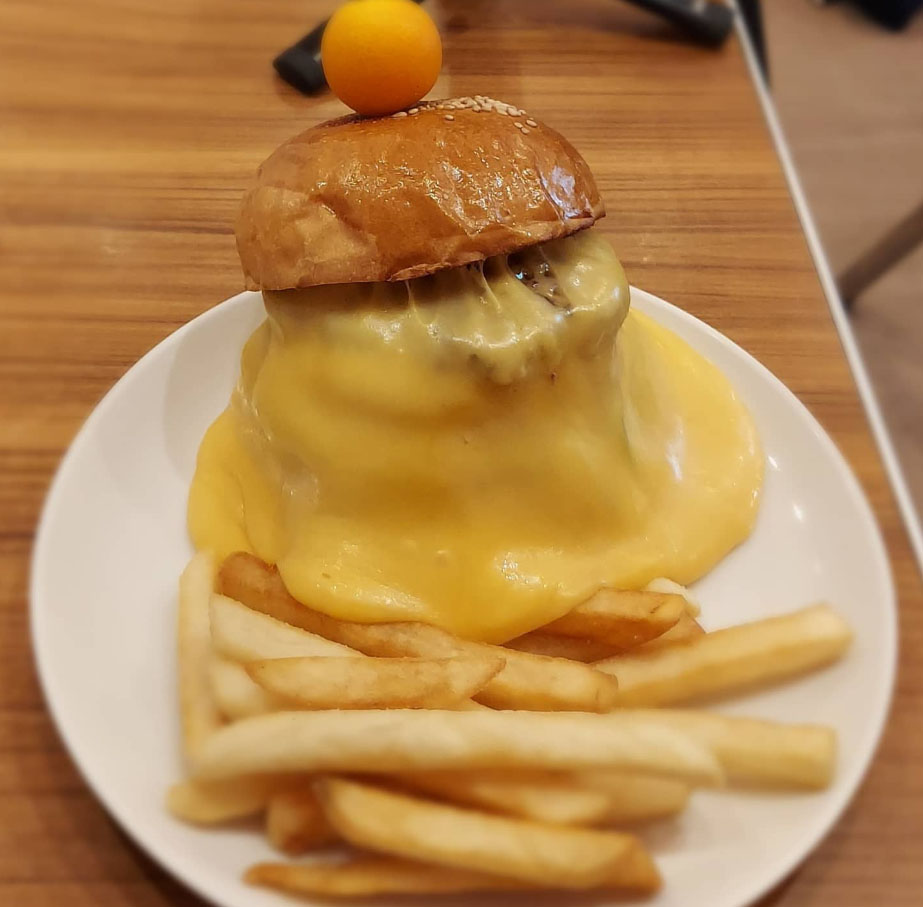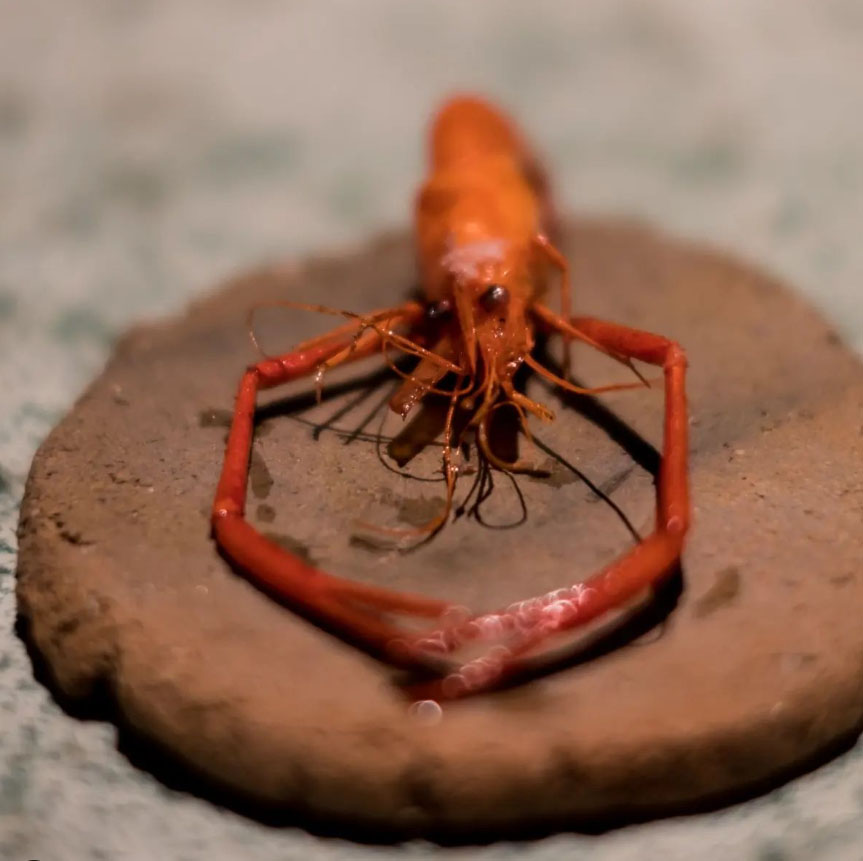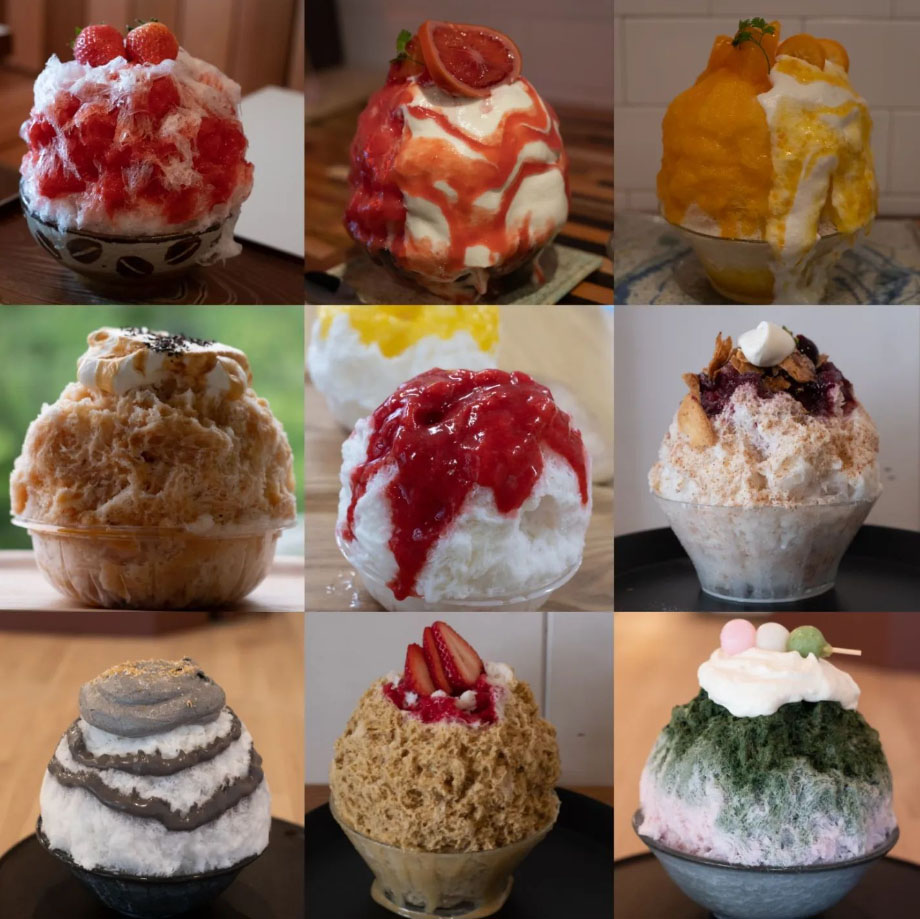What to Eat in Tokyo (and Beyond)
Looking for non-ramen recommendations? These are some of my favorite spots that aren’t impossible to book a seat at. Sure, sushi at Sugita or Arai is an unforgettable experience, but good luck getting one of those coveted seats!
Pizza
Tokyo’s pizza scene because very famous in the past decade. Chefs doing Napoli pies caught the eyes of food writers and media alike, causing a bit of a stir. When I invite overseas friends for pizza, and they refuse because they come to Japan to eat Japanese food, I cry a bit inside.
Pizza Studio Tamaki, aka PST, is divisive among pizza nerds. The crust is very salty and some people hate that about it. If you roll with a crew of friends you can try a few pizzas, including their strange but sometimes very tasty limited offerings.
Savoy is the OG of bespoke pizza in Tokyo. Margharita and marinara. That’s it. Just go for it.
Da Issa in Nakameguro is a fun spot for a casual lunch. Get a couple of pizzas and a carafe of cheap wine with your friend.
The Pizza Bar On 38th is in the Mandarin Oriental Hotel on the 38th floor in the back of their Italian restaurant. Fantastic Roman-style pizza.
Burgers
Just to get a feeling of my burger preferences. I love Shake Shack. If something is as good as or better than the Shack, I’ll recommend it. If you don’t like Shake Shack, disregard my recommendations as we have a different palate.
Crane in Akihabara. Go for their normal burger. They do limited monthly specials that are basically made for Instagram. Triple cheeseburger served on donut buns? Go for it if your social media is lacking.
Burger Police is a higher-end spot run by Michelin-starred Italian eatery Tacubo. Dope burgers and natural wines.
Chatty Chatty Kitchen in Shinjuku. Mega fluffy buns and rough patties. I love it.
Mikkeller Kanda does excellent smash burgers and has craft beers from the legendary Nordic beer group.

(an aforementioned limited burger from Crane. Get the normal one!)
Sushi
I think I might like sushi even more than ramen. What?!?!?!? Yeah, but sushi is more of a special occasion thing for me. Even if I had the kind of funds to eat at top sushi spots every day, I probably wouldn’t. Twice a week will be just fine. Many people ask me how to get reservations at places like Saito, Jiro, and Sugita. I can’t help you. Well, that’s not true. I can help you but I’m not going out of my way to get strangers into restaurants. I know, I know, you are very wealthy and are used to getting your way. Welcome to Tokyo, where chefs would rather serve their regular customers than have a slew of new faces coming through. In line with that, I often take my regular tour customers to top-tier restaurants. So why not book a ramen tour with me?
Tokyo Sushi Ten (https://sushitokyo-ten.com/) is a spot I was going to for years before they rebranded and opened as a more casual concept in Shinjuku, Shibuya, and Roppongi Stations. Lunch omakase is less than 5000 yen and dinner omakase is less than 10,000 yen. This is a steal for what you get, and a great way for people on a budget to get a taste of a good sushi omakase meal.
Sawada (さわ田) is, among the sushi-eating elite I know, considered the best in the world. It used to be notoriously difficult to book, but then he went to an online booking system with seats opening up every Friday. If you log on at the perfect time and keep refreshing, you might be able to book a seat. In 2023, I have friends who were able to secure a booking this way. Be warned, it is an expensive shop clocking in around $400 for lunch and $500 for dinner. Here’s the site to book – https://omakase.in/en/r/gv412216
Hakkoku (はっこく) is rather easy to book online (https://omakase.in/en/r/hk067071). Personally, I think it is too much food. If you really want to stuff yourself with top-quality fish, including what feels like a dozen pieces of tuna, this is your spot. Quite popular among foreign foodie circles.
If you really want to eat conveyor belt sushi, called kaitenzushi, I guess this one is the best. Kaiten Sushi Ginza Onodera (廻転鮨 銀座おのでら本店) in Omotesando. Personally, I became a sushi snob after eating at great sushi spots, but if you know what to order at these casual places, you can have a good time (hint, order the rolls).
Cafe
Warning, I’m not a coffee nerd. I keep filtered iced coffee in my fridge for my morning cup. I only drink coffee between the hours of 10 and 11. I think Starbucks is garbage but McCafe is just fine.
Camelback in Shibuya’s hip Tomigaya is probably my favorite spot in Tokyo. By the way, I’m not much of a coffee connoisseur. I like spots with fun people and a fun vibe. Camelback was opened by 2 friends who worked at a famous cafe and a Ginza sushi restaurant. Grab a coffee and a 2-bite sushi egg sandwich. Done!
UNLIMITED COFFEE BAR next to Tokyo Sky Tree does good coffee drinks as well as great coffee cocktails. Grab an espresso martini at noon, you’ve earned it.
Bear Pond Espresso in Shimokitazawa is a must-hit for coffee nerds, or so I’ve been told. The iced dirty latte is wonderful. The angel stain is weird but maybe you should try it.
Turret Coffee Tsukiji near the old Tsukuji market is very, very good for espresso drinks.
Mameya Kakeru is soooo cool! Basically a coffee tasting course with snacks to match. You can (must?) reserve a seat. They also have a pourover spot in Omotesando but you will have to line up for sometimes a few hours.
Yakiniku
Yakiniku is thinly sliced beef grilled at your table. This is one of the best ways to eat wagyu. A few slices of marbled zabuton A5 wagyu and you’ll be in meat heaven.
Sutaminaen (スタミナ苑) is a trek out of town, you can’t reserve, you’ll wait up to 3 hours, and you might have to sit on the floor in the back room. This is the best yakiniku in Japan, and every time I eat the stuff anywhere else I dream of Sutaminaen. If you want to go, I will rent a car and drive us there. The cost is around $100 a person.
Apart from Sutaminaen, all these yakiniku places are the same to me.
Yakitori
Grilled chicken skewers are a fan favorite. You can get them cheap on the street and cheap in cheap izakayas. The top-ranked shops are even quite reasonable when compared to sushi or yakiniku.
Yamamoto (山もと) in Mitaka is super cool. Half of the shop is a counter for grilled chicken skewers and half of the shop is a wine cellar with a focus on aged sake. Pairing old sake with smoky chicken is excellent.
Musubi (やきとり結火) next to Otsuka is easy to book and very high quality. Kind of a hidden gem in my opinion. One of the staff developed a small bowl of ramen to end the meal with after training at highly rated Ramen Feel.
Of course, there are a few shops in the Torishiki lineage that are excellent, but booking is difficult.
Kaiseki/Kappo
Kaiseki is a kind of haute Japanese course menu. If you stay at a nice Ryokan hot spring hotel (you totally should) you’ll be served this kind of meal with your stay. Places like Matsukawa (松川), Hoshino (新ばし 星野), and Shinohara (銀座 しのはら) are the pinnacle of this cuisine in Tokyo, with prices to match.
Aoyama Jin (青山 仁) is very nice, and you can fairly easily reserve a seat for lunch.
den (傳) is kind of along the lines of kaiseki, though with a modern, World’s 50 Best vibe. It’s tough to reserve, but most people can get in with a bit of planning.
It’s not Tokyo, but check out SOWER on the banks of Lake Biwa, a short train from Kyoto.

Izakaya
Izakaya are a kind of Japanese gastro pub, which sounds way fancier than they are. They are everywhere and serve a range of small plates. To be honest, every dish I’ve had at a high-end kaiseki spot, or as an appetizer (otsumame) at a sushi place has been something I could order at an izakaya for 1/20 the price. English media recommends half a dozen izakaya around Tokyo, though there are around 130,000 in Japan. It’s silly that everyone wants to go to the same ones. But they do. So I’m not even going to throw my hat in this one. Go to something local. Ask your Japanese friends. If you treat me, I’ll take you to my favorite spot.
There are a bunch of yokocho spots around Tokyo. Literally meaning alleyways, these places are packed with different choices. Kind of like a food court that isn’t inside of a mall. They all have dozens of shops, so it’s hard to recommend any particular food, but the vibe is always fun and the beers are cold. Check out these ones:
Hobo Shinjuku Norengai (ほぼ新宿のれん街)
Toranomon Yokocho (虎ノ門横丁)
Ebisu Yokocho (恵比寿横丁)
Kakigori
I hate sweets but I love kakigori. Japanese shaved ice made with fresh fruits tends to be less sweet than you would imagine. A cloud of spring water ice topped with hyper-seasonal fruit from the best farmers in Japan is what you’ll find at the top kakigori shops in Japan. I only like the spots that do fruit-centric kakigori. Other places do overly sweet ones that look like cake and will get more likes on Instagram, but those aren’t for me.
Minatoya (神戸みなと屋) in Sasazuka.
Momjiya (椛屋) in Adachi-ku.
Mamatoko (ママトコ) in Nakano.
Hachiku in Ikebukuro.

In general, the Tabelog Hyakumeiten (百名店) list is a great resource. It’s in Japanese but I think it translates into English well with Google’s translation software.
https://award.tabelog.com/hyakumeiten
Booking websites like Pocket Concierge (https://pocket-concierge.jp/en/) and Omakase (https://omakase.in/en/) are easy for fine dining. Be aware that sometimes these sites charge you a different price than you would get if you booked directly. I’m talking hundreds of dollars difference. This is rare, but you should do a little research.
If you really, really, really want to go to one of Japan’s impossible-to-book sushi or kaiseki spots, here is my advice: stay at a very expensive hotel or make friends with people who go regularly. Some hotels like the Four Seasons have clout and can get you in . . . maybe.

You must be logged in to post a comment.